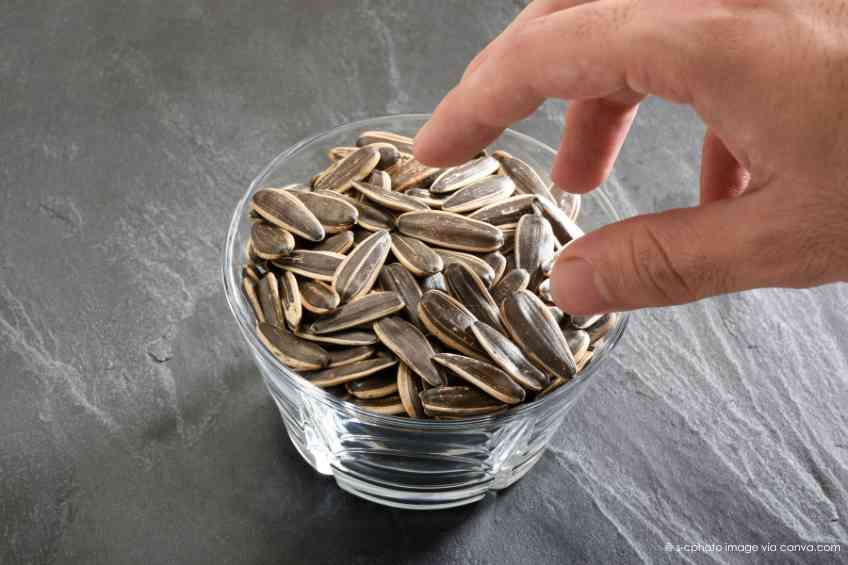The Skinny:
Perhaps people should rethink the negative connotations attached to the phrase “packed like sardines.” These fish are among the healthiest in the sea and if they are packed with anything, its nutritional value. As an added plus, they are sustainably harvested and since they are way down on the food chain, they are low in mercury content. Want another reason to reach for sardines? They are relatively inexpensive, readily available and fresh in tins. Questions, however, can reign over the difference and which option is best. The answers are below. Read on and learn more about sardines’ health benefits.
The Slate:
Abundant Options
Sardine generally refers to juveniles of various herring species. Under 6 inches long, they’re called pilchards or herring when grown up. There are, however, plenty of different types. The Food and Agricultural Organization/World Health Organization’s Codex standard, for example, lists 21 different species that may be canned as sardines. They go by a variety of names. Yet at least six species’ names include “pilchard,” over a dozen are “sardine,” and many more use both these two basic names along with various adjectives.
Swimming In Nutrition
Sardines are more often found in tins. There they are an excellent source of nutrients including protein, omega-3s, vitamin D, iron and calcium. Three ounces of fresh sardines contain 134 calories, 8 grams of total fat, 15 grams of protein and zero carbs. When canned in water, the average 3.75-ounce can have 120 calories, 7 grams fat and 2 grams of saturated fat. The oil-packed variety has 130 calories, 9 grams fat and 2 grams of saturated fat.
Planet & People
These small fish offer a surprisingly large range of health benefits. Consumption can improve cholesterol levels along with cardiovascular, bowel, skin and bone health. It can also help with weight loss, stabilizing blood sugar and neurological benefits, including decreasing anxiety and depression. Better still, they don’t tax the planet as sardine harvests are considered much more sustainable than many other varieties of fish. All sardines are wild-caught. The fish aren’t conducive to farming.
Availability and Aesthetics
Fresh sardines seem wholesome, great-looking and well-toned, but they are sometimes hard to get. Another major drawback is that fresh sardines need to be eaten in a matter of days or they go bad. Tinned sardines may be less glamorous and perhaps funkier (i.e., messy, salty or greasy), but they have lasting power, making them more available, reliable and ready to go even after being ignored for years.
Tinned Take Away
Cooking to eliminate bacteria and botulism reduces the nutritional value of tinned sardines. The process degrades omega-3 fatty acids, cutting calcium and reducing vitamin B1 by 75 percent, B2 by 51 percent, B3 by 34 percent, B6 by 50 percent, B12 by 38 percent, magnesium by 44 percent, zinc by 36 percent, and copper by 19 percent. Tinning also involves removing guts and scales, and sometimes heads, gills and skin. Since the now-edible bones that contain calcium and vitamin D, a tin of sardines can still provide the calcium equivalent of a glass of milk.
Tinned Benefits
Tinned sardines boast a high omega-3 vs. omega-6 fatty acid ratio, promoting the anti-inflammatory impact, while also lowering the risk of heart disease, stroke and depression risk. Unfortunately, heavy omega-6 fatty acids from added soybean or vegetable oils can undo these effects. Cooking may facilitate the production of highly toxic cholesterol oxides that are tied to atherosclerosis and coronary, neurodegenerative and inflammatory bowel diseases, along with macular degeneration. The Bisphenol-A used in packaging to prevent corroding and metallic taste may also increase the risk of inflammatory bowel diseases and disrupt endocrine systems.
Tinned Sardine Choices
Content may differ significantly between various tinned options—and the difference can go beyond just skin and bones. Those interested in lowering sodium and avoiding soybean and vegetable oils’ omega-6 fatty acids should look for tinned sardines packed in spring water with no added salt. An alternative is to rinse off some of the excess salt and oil. Packaging can also alert consumers to added sodium and calorie-laden cream sauces. It may also be wise to check for Bisphenol-A free packaging.
Final Thoughts
Virtually all fish can contain mercury. However, the Food and Drug Administration cites sardines as a “best choice” fish. Two or three servings a week are safe for pregnant women and children. Whether tinned or fresh sardines are the preferred option may depend on logistics. Fresh sardines win out in aesthetics, flavor and nutritional profiles, but canned sardines are a convenient, reliable pantry staple for busy people.
Eyes Up:
Do you savoir sardines? Tell us why at info@wellwellusa.com.
WellWell editors independently identify services and products of interest. If readers purchase anything through the associated links, WellWell may earn a commission, which goes to support our work. Learn More.













